Electric toothbrushes are becoming more and more widely used, and the appropriate battery type is crucial to their performance and service life. Do you know what battery type your toothbrush has? In this article, we’ll take a look at the types of electric toothbrush batteries currently available and explore their differences, pros and cons.
Non-rechargeable batteries are typically one of the most common battery types of the past, such as alkaline batteries (such as alkaline zinc-manganese batteries). They ‘re low cost, easy to obtain and replace. However, compared to rechargeable batteries, they have a relatively short lifespan , which may increase the cost of use.
Nickel-cadmium batteries are a traditional rechargeable battery type with high discharge rates and cycle life. However, they suffer from memory effects and heavy metal contamination issues. They are gradually being replaced by more environmentally friendly alternatives.
Nickel-metal hydride batteries are environmentally friendly rechargeable batteries that have higher energy density and less memory effect than nickel-cadmium batteries. It’s increasingly becoming one of the common battery types used in electric toothbrushes, offering longer life and better performance.
One of the most advanced battery types currently is Lithium-ion batteries, with the advantages of high energy density, lightweight and no memory effect. Compared with traditional nickel-cadmium batteries and nickel-metal hydride batteries, it has longer cycle life and more stable performance, but the cost may be higher.
All of powsmart’s toothbrushes are equipped with lithium battery, which can last for at least 90 days.
Lithium polymer batteries are a variant of lithium-ion batteries that are thinner and lighter. They are suitable for some electric toothbrush that require higher volume and weight. However, lithium polymer batteries may have slightly lower energy density compared to lithium-ion batteries.
To sum up, different types of batteries have their own advantages and disadvantages in electric toothbrushes. When choosing, you need to weigh various factors based on your personal needs and preferences to ensure you choose the most suitable battery type to enhance the experience and performance of your electric toothbrush.
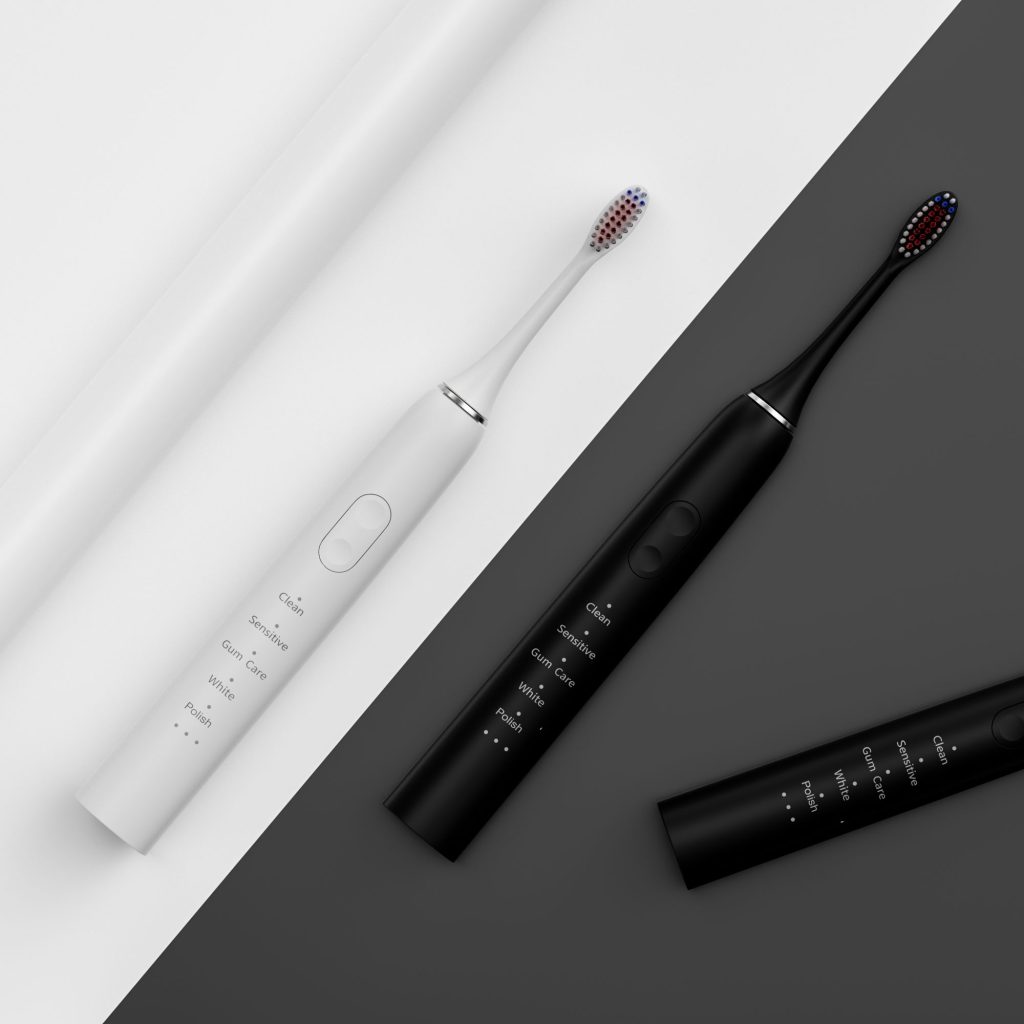
How to Optimize Jet Instability and User Discomfort?
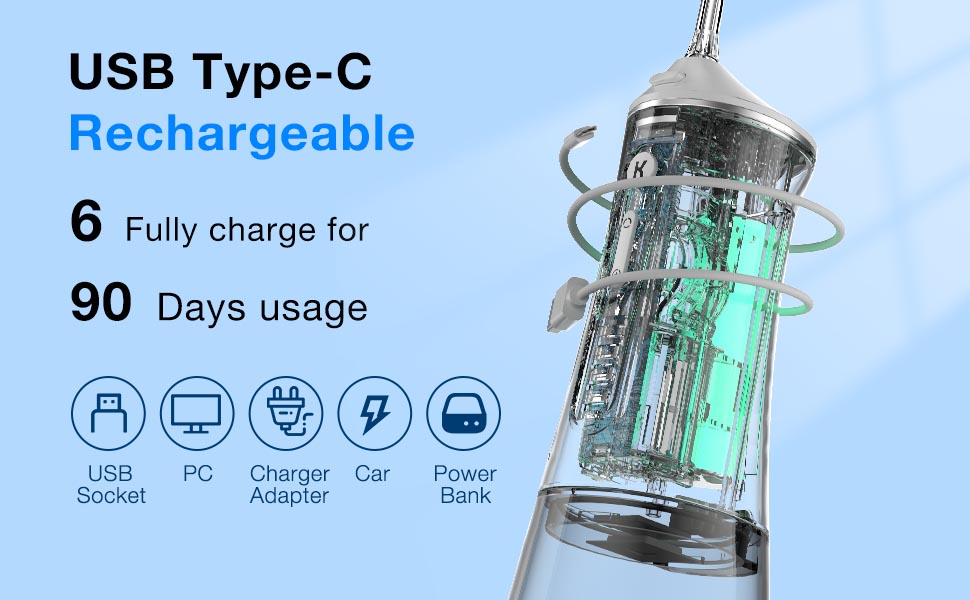
Water Flosser vs. Traditional Floss: Pros, Cons & Usage Tips
Why Does Whitening Efficacy Decline Trigger Pulse Intensity Spikes?
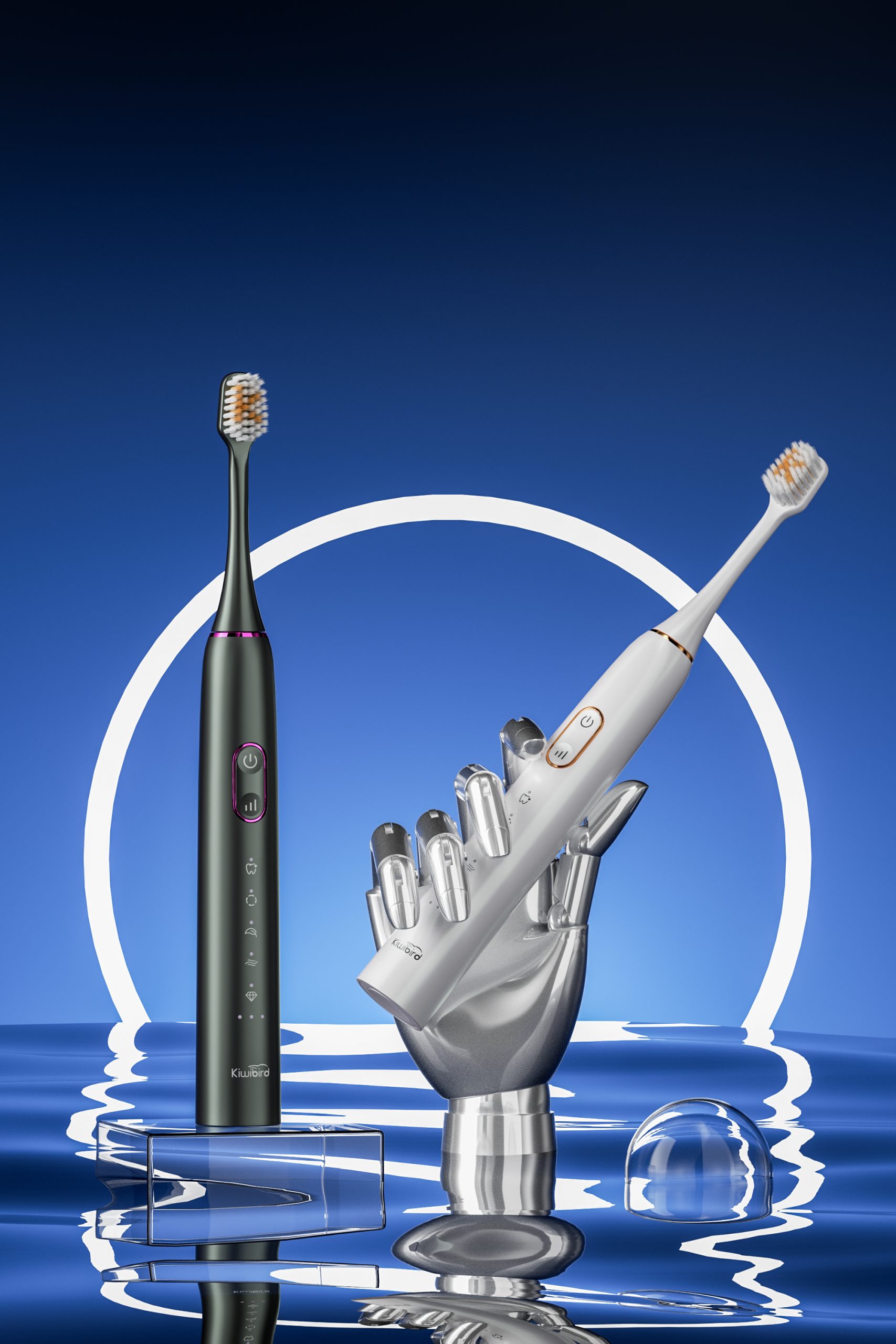
Why a College essential toothbrush tops Student oral care lists

Best Travel Water Flosser: Balancing Size & Battery Life
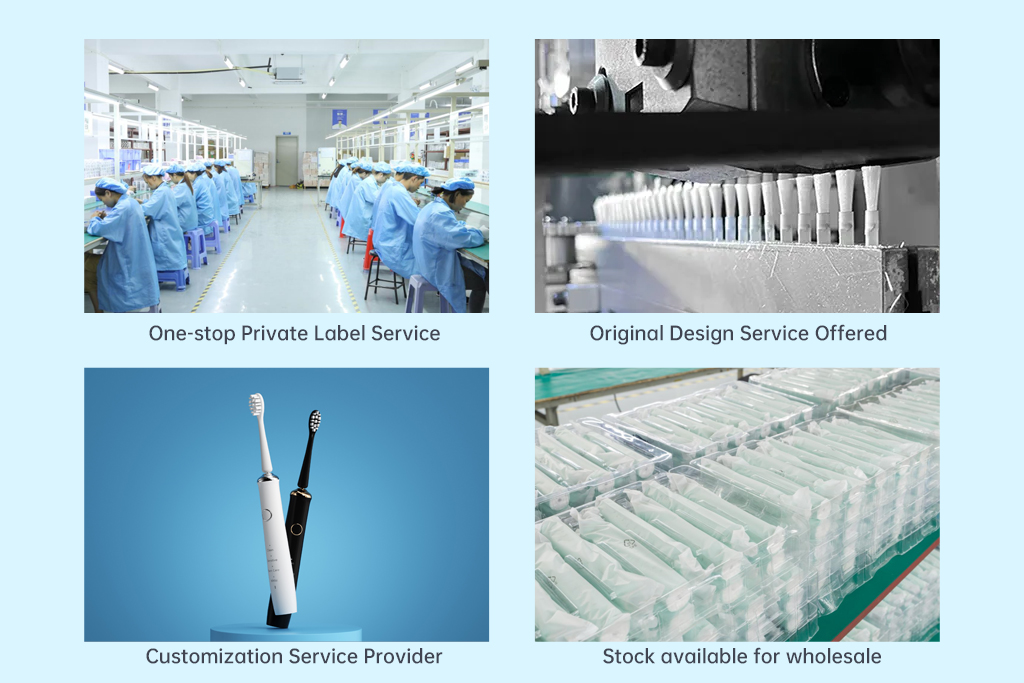
Technique Affecting Periodontal Pocket – How Deep Is the Impact?

Understanding and Treating Gum Bleeding When Brushing

How Can Gradient Color Injection Molding Technology Improve the Attractiveness of Electric Toothbrushes?
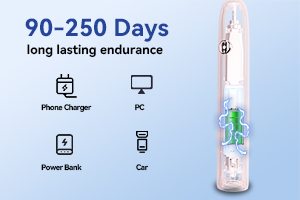
Wireless vs. Contact Charging: Which Is Better for Electric Toothbrushes?
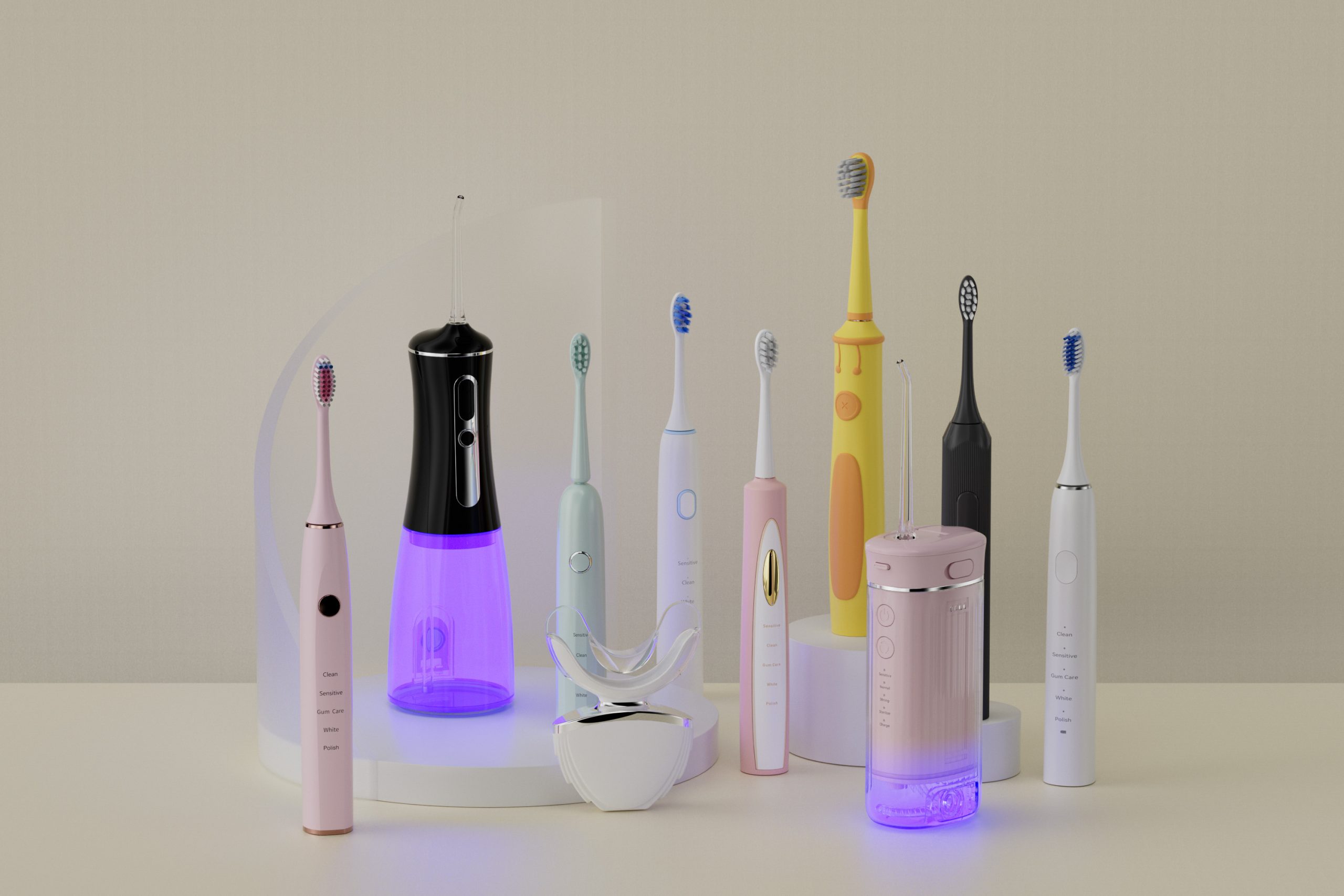
Oral Care Industry: How to Expand the Global Market?

Preventing Mold in Water Flosser Tanks: Silver Ion vs. UV Sterilization

How to Effectively Reduce the After-Sales Return Rate of Electric Toothbrushes
Handle Grip Design Affecting Mucosal Irritation?

How to Establish a Stable Supply Chain for Oral Care Products? A Guide for Distributors
.jpg)
Ergonomic Design in Electric Toothbrushes: OEM Best Practices
Why Self-Developed Motors Matter in Electric Toothbrushes?

electric toothbrush heads Ultra Soft

electric toothbrush heads Regular Clean

electric toothbrush heads Charcoal Infuse-Round

Private Label Whitening Gel
.jpg)
Florida Electric Toothbrush – Powsmart PTR-C8

electric toothbrush heads Deep Clean

Electric toothbrush heads Charcoal Infused-Diamond

Customization Teeth Whitening Gel
whstapp
whstapp
National Toll-Free Service Hotline
+86 755 86238638